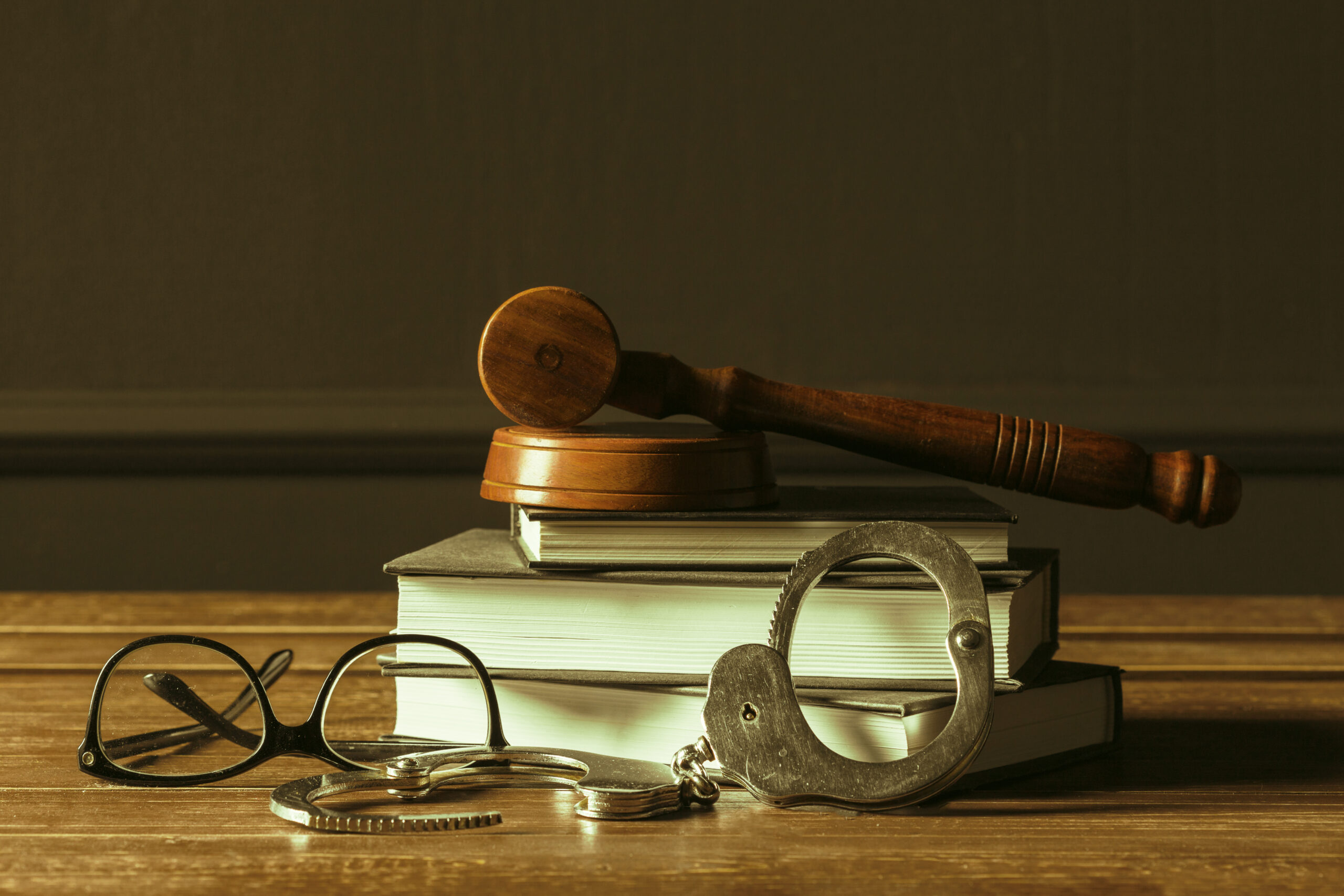The concept of burden of proof is a cornerstone of criminal law that shapes the very foundation of justice. When someone faces criminal charges, the stakes are incredibly high, and understanding who carries the weight of proving guilt can make all the difference. This principle ensures that individuals are not unjustly punished without sufficient evidence against them. But what does it truly mean to bear this burden? As we delve into its history, importance, and implications in modern legal systems, we’ll uncover how this fundamental concept plays a pivotal role in maintaining fairness in judicial proceedings. Buckle up as we explore the intricate world of burden of proof in criminal law!
History and Evolution of Burden of Proof
The history of the burden of proof in criminal law can be traced back to ancient civilizations. Early legal systems relied heavily on divine intervention or arbitrary authority to determine guilt.
As societies evolved, so did their understanding of justice. The Roman legal framework introduced more structured approaches, emphasizing the need for evidence and logical reasoning.
In medieval Europe, the presumption of innocence began gaining traction. This marked a significant shift toward protecting defendants’ rights. It laid foundational principles that still resonate today.
By the 18th century, Enlightenment thinkers championed individual rights and fair trials. Their ideas influenced modern legal standards across many jurisdictions.
Fast forward to contemporary times; countries have adopted varying standards—such as “beyond a reasonable doubt” in common law nations—to ensure fairness in prosecutions. Each evolution reflects societal values around justice and individual liberties.
Types of Evidence and Their Importance in Proving Guilt
Types of evidence play a crucial role in shaping the outcome of criminal cases. Each category serves its purpose, contributing to the overall narrative presented in court.
Physical evidence includes tangible items like weapons, fingerprints, or DNA samples. This type often carries significant weight due to its objective nature.
Witness testimony can sway juries as well. Eyewitness accounts provide personal insights into events but may also be influenced by factors such as memory distortion or bias.
Circumstantial evidence tells a story without direct proof. It requires interpretation and context, which can challenge prosecutors and defense attorneys alike.
Expert testimony adds another dimension by introducing specialized knowledge that aids understanding complex issues surrounding the case.
Each piece of evidence must work together harmoniously to build a compelling argument for guilt or innocence, making their significance undeniable in achieving justice within the framework of burden of proof criminal law.
Role of Prosecution and Defense in Meeting the Burden of Proof
The prosecution and defense play pivotal roles in navigating the burden of proof within criminal law. The prosecution is tasked with establishing the defendant’s guilt beyond a reasonable doubt. This requires gathering compelling evidence, presenting witnesses, and constructing a narrative that resonates with the jury.
Conversely, the defense aims to challenge this narrative. They scrutinize evidence, cross-examine witnesses, and introduce alternative explanations that create reasonable doubt. The effectiveness of their strategy can significantly impact the jury’s perception.
Both sides must adhere to strict legal standards while making their cases. It’s not just about presenting facts; it’s also about persuading those who hold the power to decide fates. Each side operates under unique pressures but shares one common goal: ensuring justice through a fair trial process.
Factors That Can Influence the Outcome of a Case Based on Burden of Proof
Several factors can significantly influence how the burden of proof is applied in a criminal case. One critical element is the quality and credibility of evidence presented by both sides. Strong, reliable evidence can sway jurors and ultimately determine guilt or innocence.
The skill and experience level of attorneys also play a pivotal role. A seasoned prosecutor may effectively present complex information that resonates with the jury, while an inexperienced defense attorney might struggle to counter these arguments adequately.
Public perception can further impact proceedings. High-profile cases often attract media attention, which may bias public opinion before the trial even begins.
Additionally, jury composition affects decision-making. Jurors bring personal beliefs and experiences into deliberations—these factors can shape their interpretation of evidence and testimony during a trial.
Controversies and Criticisms Surrounding the Concept of Burden of Proof
The concept of the burden of proof in criminal law has sparked significant debate over the years. Critics argue that it can sometimes unfairly favor one side, particularly when evidence is scant.
For instance, some believe that placing too much emphasis on the prosecution’s responsibility can lead to wrongful acquittals. A defendant might escape justice simply because there wasn’t enough convincing evidence presented.
Moreover, public perception often distorts how these legal principles are understood. Many people may not grasp why a guilty person walks free if reasonable doubt exists.
Additionally, disparities in resources between defendants and prosecutors can skew outcomes. Wealthy individuals may secure better representation, while those with limited means struggle to mount an adequate defense.
These complexities underline ongoing discussions about reforming how burden of proof is applied within various legal contexts. The balance between ensuring justice and protecting individual rights remains a contentious area for legal scholars and practitioners alike.
Conclusion: The Critical Role of Burden of Proof
The burden of proof in criminal law stands as a cornerstone of the justice system. It ensures that every accused individual is presumed innocent until proven guilty. This principle protects against wrongful convictions and upholds the integrity of legal proceedings.
Understanding this concept helps clarify the roles played by both prosecution and defense. The prosecution carries the weight to establish guilt beyond a reasonable doubt, while the defense has the duty to challenge evidence and present alternative narratives. Each side must strategically navigate their responsibilities within this framework.
Factors like jury perception, emotional appeal, or even media coverage can greatly influence how effectively each party meets their burden. These dynamics are complex but crucial in shaping outcomes.
Critics argue that there are flaws within the current interpretation of burden of proof. Some feel it may favor one side over another under certain circumstances, leading to debates about fairness and equity in trials.
Grasping the intricacies surrounding burden of proof illuminates its vital presence in maintaining justice within our legal system. It serves not only as a measure for determining guilt but also as a protective mechanism for individuals facing serious allegations.

